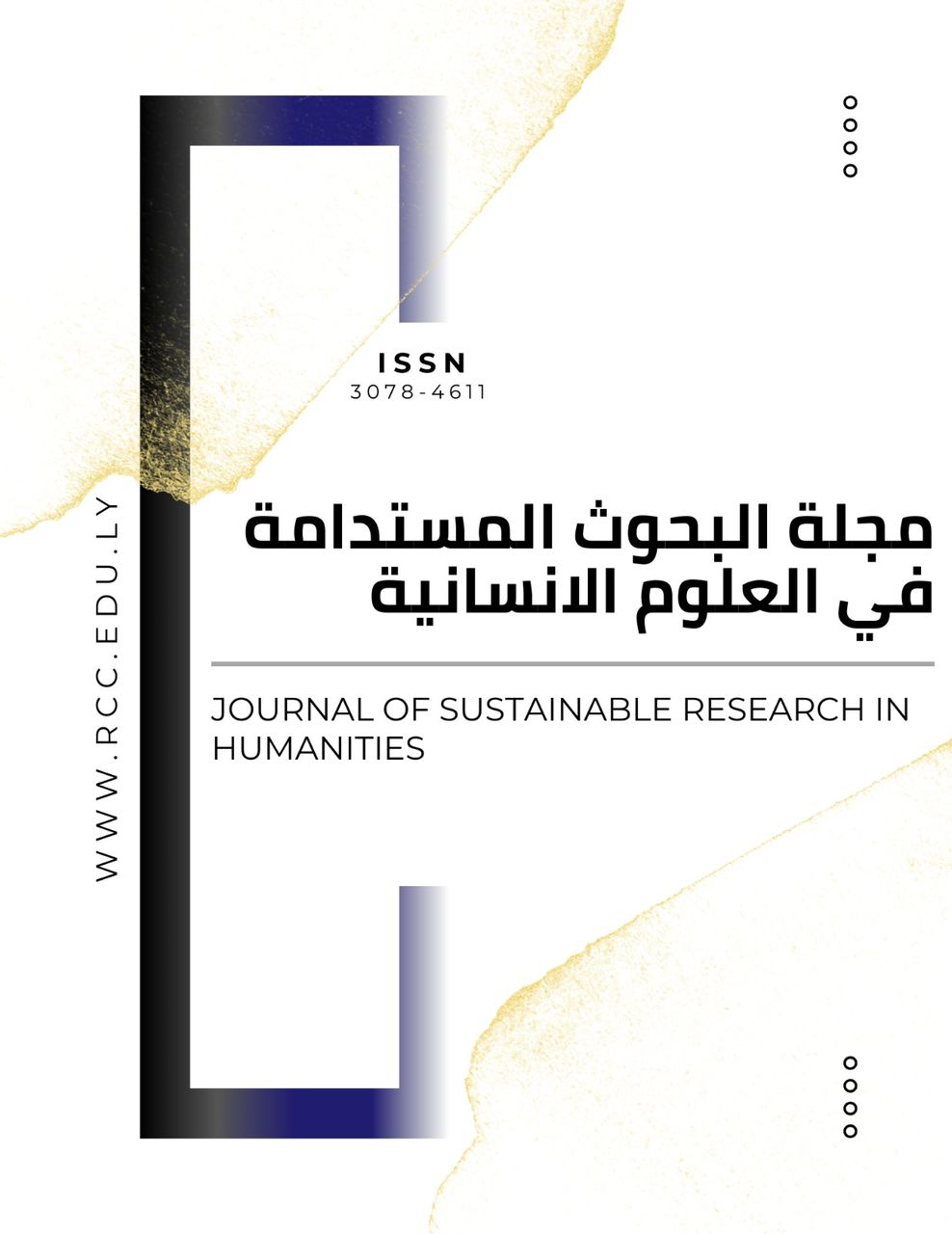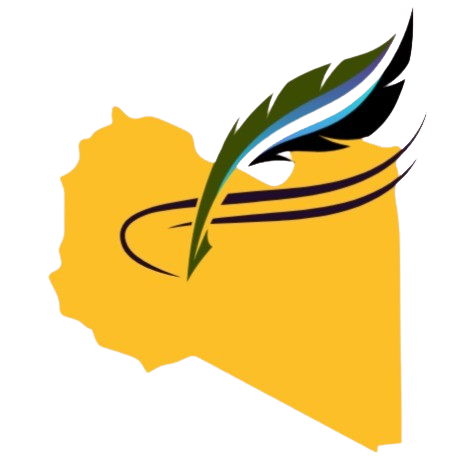The Impact of Political Crises and Infrastructure on the Exacerbation of Poverty in the Libyan Economy: An Applied Study on the City of Tawergha
DOI:
https://doi.org/10.36602/jsrhs.2025.2.2.2Keywords:
Extreme Poverty Line, , Absolute Poverty Line, The city of TawerghaAbstract
This study aims to measure the poverty line in Tawergha city and analyze the economic and social factors affecting it. The study adopted both descriptive analytical and quantitative approaches. Data was collected through a questionnaire applied to a random sample of 342 families out of 3,116 families representing the study population. The study used the cost of basic needs method according to the actual expenditure approach to measure the poverty line.
The results showed that the extreme poverty line in Tawergha reached 704.15 Libyan dinars monthly, while the absolute poverty line reached 3,428.22 Libyan dinars monthly. The findings also indicated that the poverty rate in the city is very high, with 80.625% of families falling below the absolute poverty line, and 3.75% falling below the extreme poverty line, with a poverty gap of 79%. The study pointed out that the increase in the poverty line value compared to previous studies is due to the rise in exchange rates in the parallel market, the increase in global price indices, deterioration of infrastructure, and lack of services.
The study concluded with a set of recommendations, most importantly: the state's implementation of support policies for essential commodities, redistribution of income, addressing infrastructure problems and providing services, tackling inflation and high exchange rates, raising the minimum wage, and encouraging the private sector to increase its activity in economic movement.
Downloads
Downloads
Published
Issue
Section
License
Copyright (c) 2025 Journal of Sustainable Research in Humanities

This work is licensed under a Creative Commons Attribution-NonCommercial 4.0 International License.








